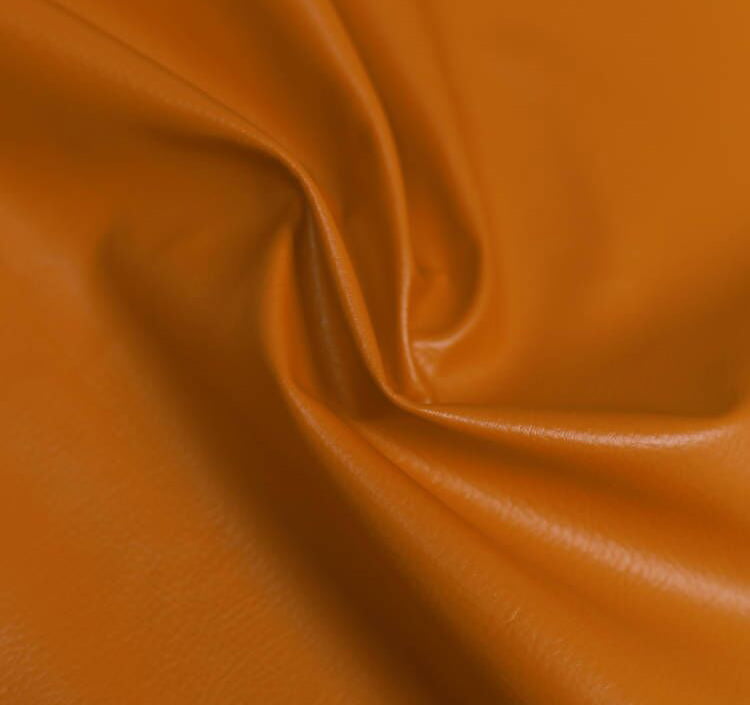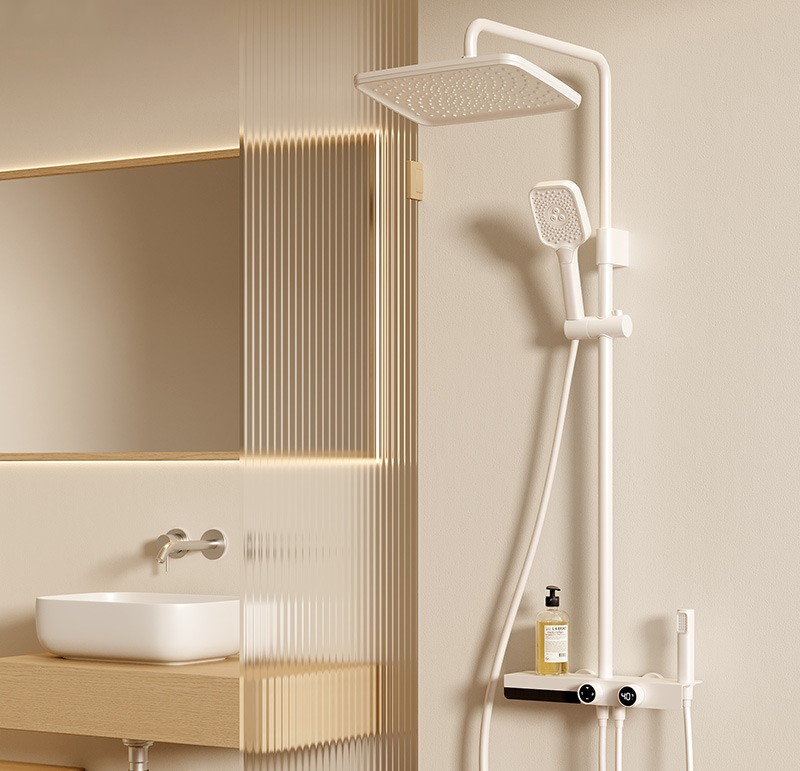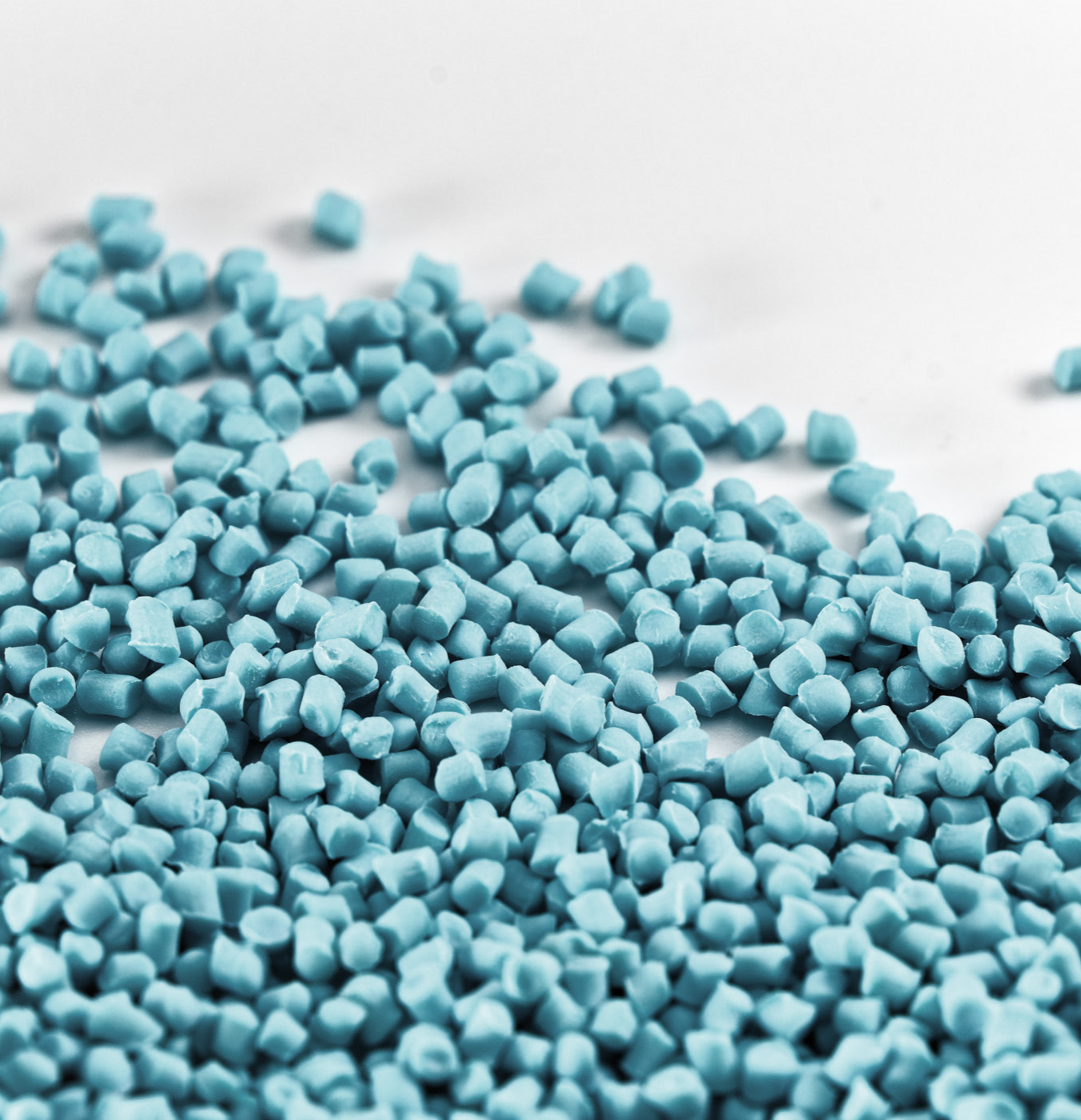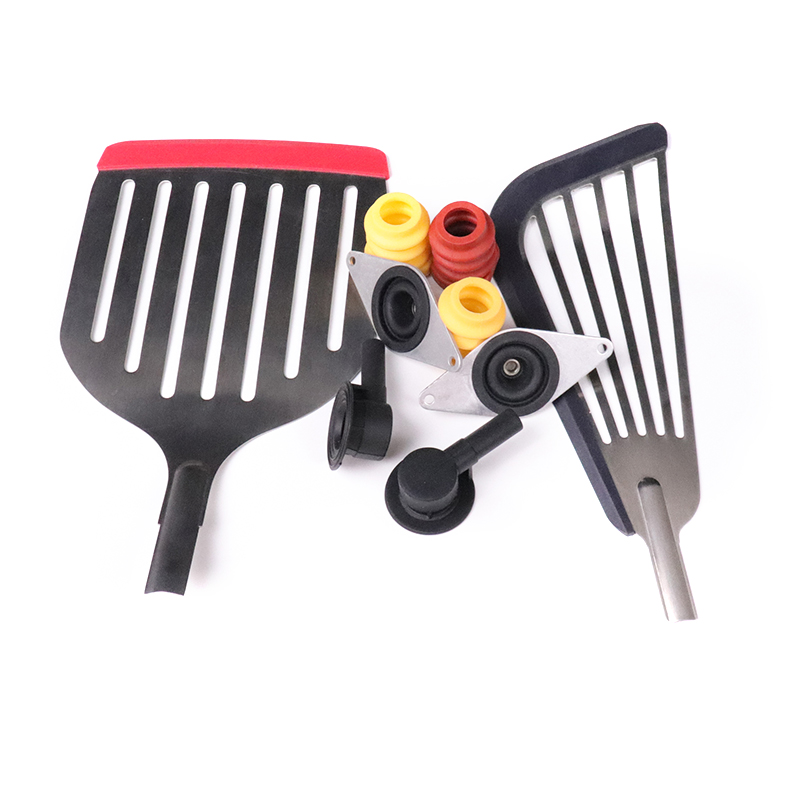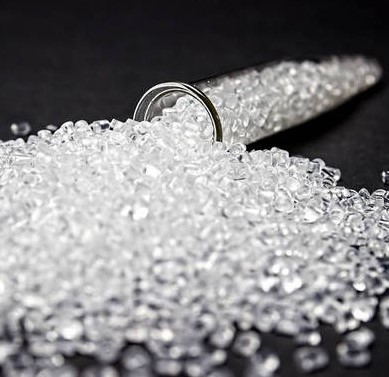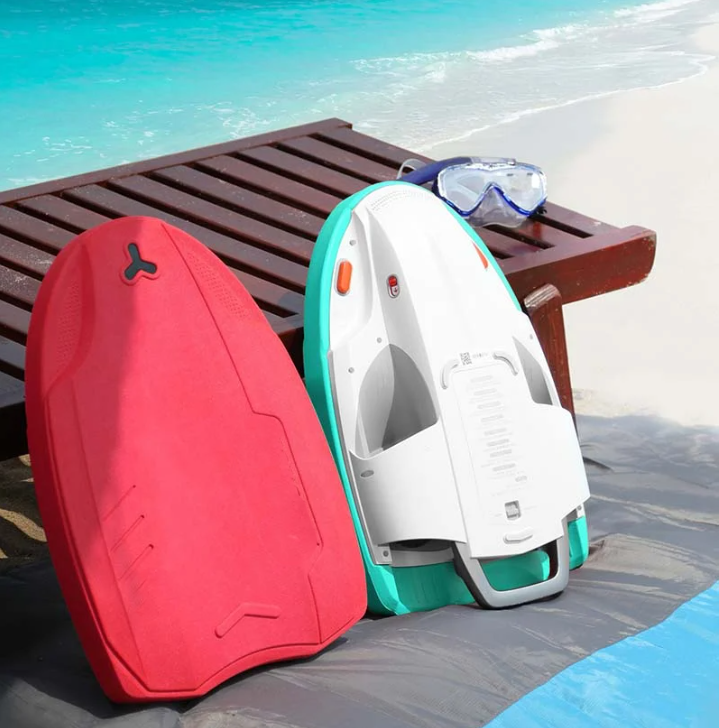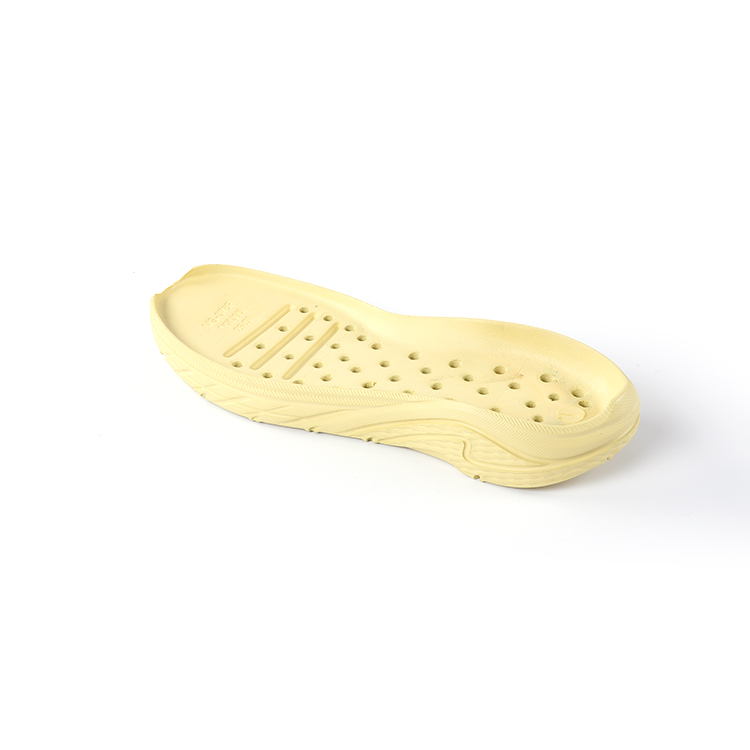
In this article, we'll delve into what exactly EVA foam is, the latest trends driving the EVA foam market, common challenges faced in EVA foaming, and innovative strategies to overcome them.
What is EVA foam?
EVA foam, an abbreviation for ethylene-vinyl acetate foam, belongs to the family of closed-cell foam materials. Unlike open-cell foams, which have interconnected air pockets, EVA foam features a closed-cell structure characterized by numerous tiny, non-interconnected cells. This closed-cell configuration contributes to the foam's distinct properties and advantages in various applications from footwear, sports equipment, packaging, and automotive, to healthcare, and beyond.
Trends Driving Growth in the EVA Foam Market
1. Increased Demand in Footwear and Apparel:
The demand for comfortable, lightweight footwear and apparel is surging, especially in the athletic and leisure sectors. EVA foam's superior cushioning, shock absorption, and durability have made it a staple in midsoles, insoles, and shoe outsoles. Fashion trends favoring casual and athleisure wear further propel the demand for EVA foam-based products.
2. Expansion in Sports and Recreational Equipment:
EVA foam's impact-resistant and non-toxic properties make it ideal for sports and recreational equipment. From yoga mats to sports pads, the market is witnessing a rise in demand for performance-driven, high-quality products. Manufacturers are innovating designs to enhance user experience and safety, catering to the growing awareness of health and fitness.
3. Sustainable and Eco-Friendly Solutions:
With sustainability taking center stage, the EVA foam market is embracing eco-friendly materials and processes. Bio-based foaming agents, recycled EVA materials, and closed-loop recycling systems are gaining momentum, reducing carbon footprint and waste. Research into biodegradable formulations aims to offer sustainable alternatives without compromising performance.
4. Technological Advancements and Customization:
Advancements in manufacturing technologies enable greater flexibility and customization in EVA foam products. Digital design tools facilitate faster prototyping and customization, meeting specific customer requirements. Customized branding and surface textures offer opportunities for differentiation in a competitive market landscape.
5. Diversification into New Applications:
Beyond traditional markets, EVA foam is diversifying into new applications such as automotive interiors, marine decking, and medical devices. Ongoing research and innovation unlock potential in niche markets, driving further market expansion and revenue growth.
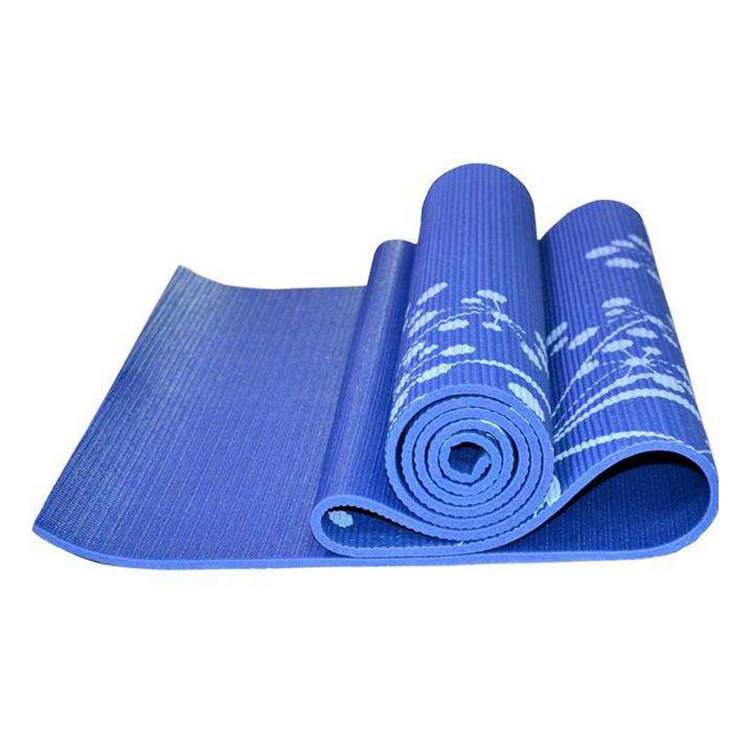
Common Challenges in EVA Foaming and Strategies
1. Material Selection and Quality Control:
Variations in material properties can lead to inconsistencies in foam density and mechanical properties. Stringent quality control measures and collaboration with suppliers ensure consistent raw materials.
2. Achieving Uniform Cell Structure:
Uniform cell structure is crucial for foam performance. Process optimization and advanced foaming techniques enhance cell distribution and foam quality.
3. Controlling Foam Density and Compression Set:
Precise control over foam density and compression set requires careful selection of additives and optimization of curing processes.
4. Addressing Environmental and Health Concerns:
Industry stakeholders are exploring alternative foaming agents and processing techniques to mitigate environmental and health risks, aligning with sustainability goals.
5. Enhancing Adhesion and Compatibility:
Optimizing surface preparation, adhesive selection, and processing parameters improves adhesion properties, ensuring reliable performance in various applications.
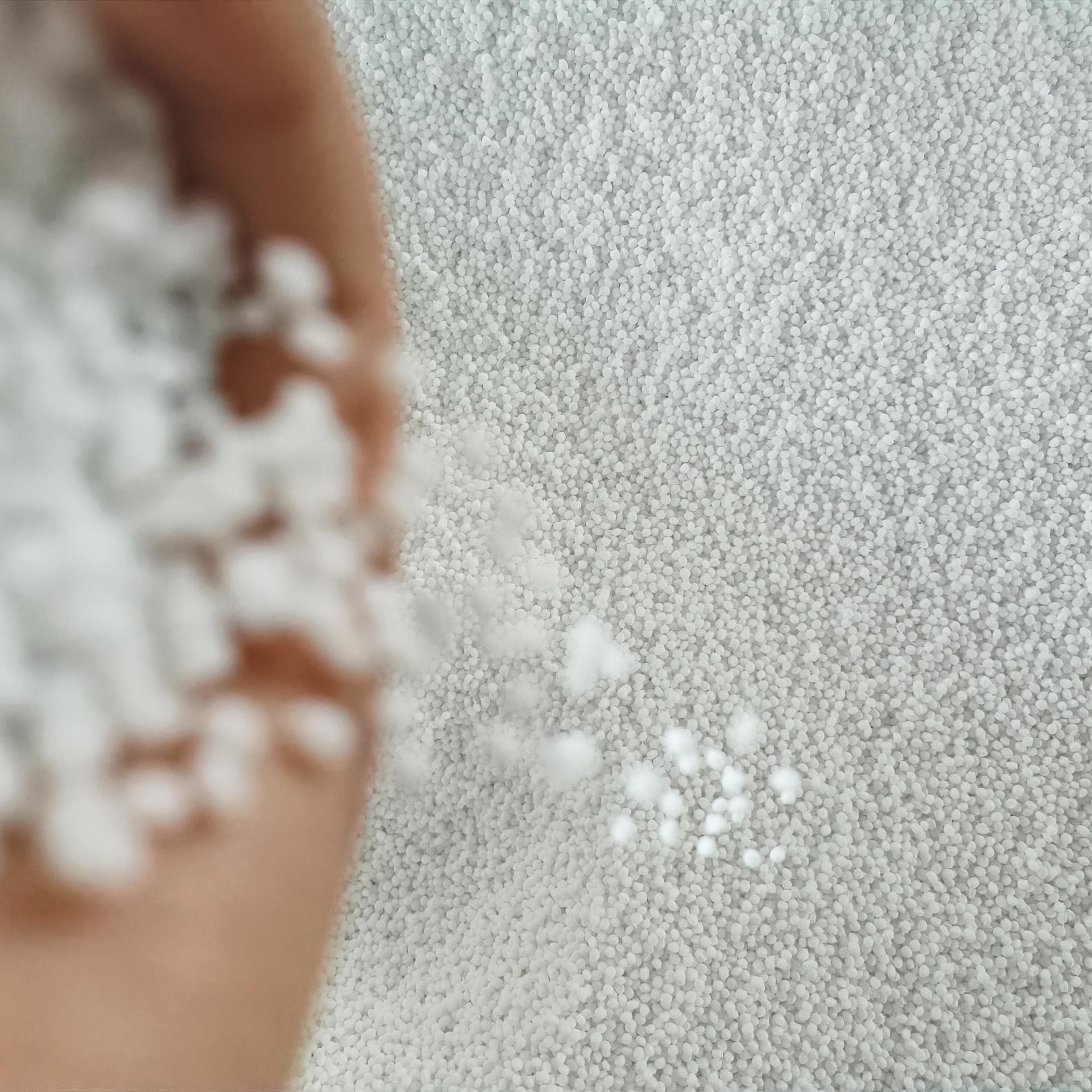
Innovative Solutions: Introducing Si-TPV
SILIKE's Si-TPV is a groundbreaking vulcanizate thermoplastic Silicone-based elastomer modifier. Si-TPV is introduced into the EVA foam material, and the chemical foaming technology is adopted to prepare the EVA foam material with the advantages of green environmental protection, It offers advancements in elasticity, color saturation, anti-slip, and abrasion resistance. Above all, Si-TPV effectively minimizes the compression set and heat shrinkage rate of EVA foam materials, ensuring improved stability and durability in various applications. These properties make it ideal for various EVA foaming applications, from footwear to sports equipment.
By embracing trends and overcoming challenges, stakeholders can unlock the full potential of EVA foam in diverse industries.
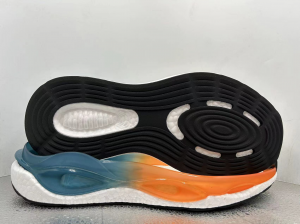
Would you like to solve the issue in the manufacturing process of EVA foam? please reach out to SILIKE at Tel: +86-28-83625089 or +86-15108280799, or via email: at amy.wang@silike.cn









